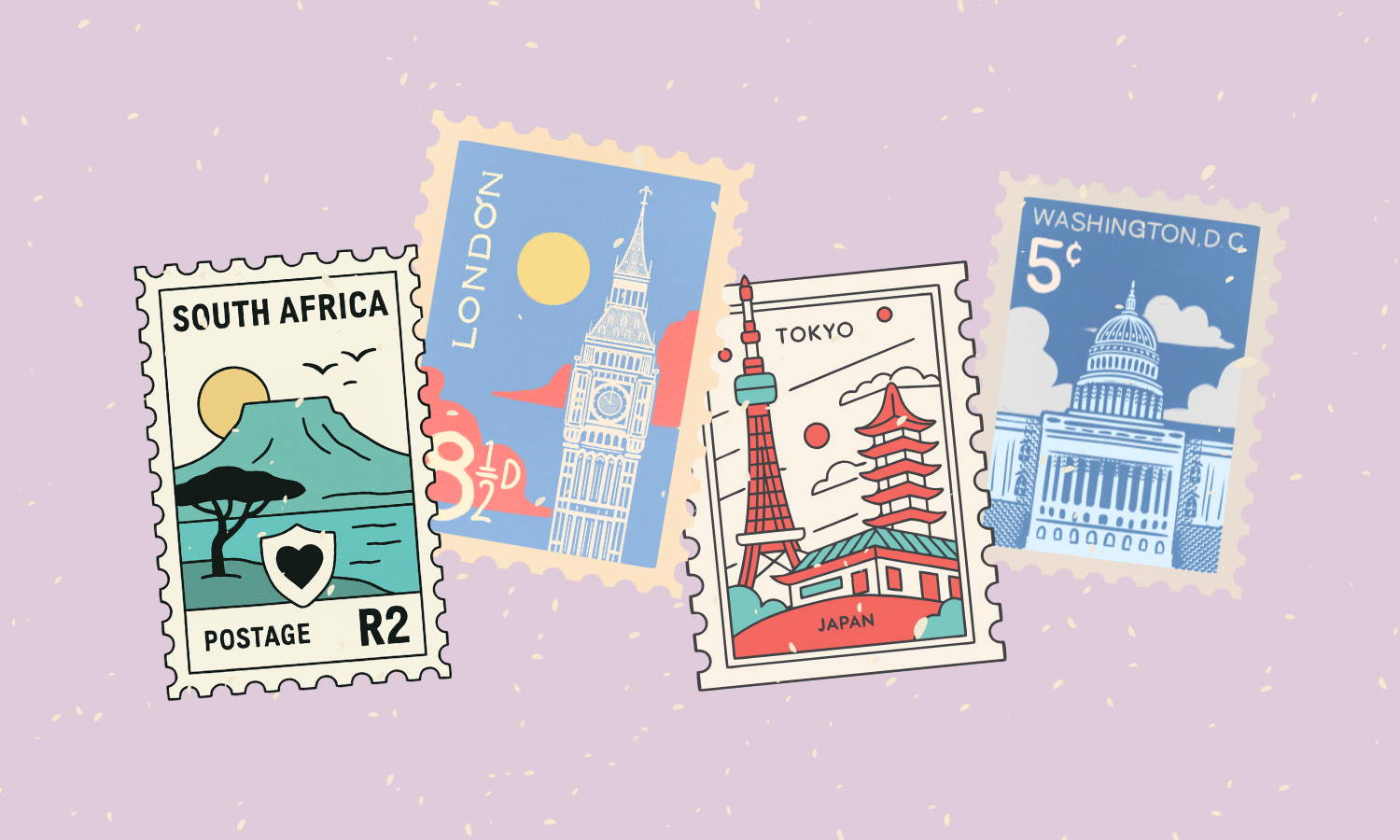Life insurance around the world: Cultural impacts on product design
Why do Australians get trauma cover, Americans use life insurance like an investment account, South Africans buy it at the supermarket, and Japanese families see it as a moral duty?
Around the world, life insurance is shaped by history, culture, and values—and no two countries get it exactly the same.
If you’ve ever wondered why your cover in Australia looks nothing like what you see on TikTok from the US (or what your cousin in the UK swears by), you’re not alone.
We sat down with Neha, one of Skye’s newest Professional Year Advisers, to unpack how culture, regulation, and history have shaped life insurance across the globe—and why Australia is a bit of an outlier.
A brief history of insurance
Let’s go back. Way back. Life insurance has been around since 600 BC in China, starting with benevolent societies pooling funds to support families if a member died. Over time, insurance got a mathematical upgrade with statistics, actuarial science, and underwriting models.
But while the foundations of insurance are similar worldwide, every country has added its own flavour.
“At its core, insurance is just a bunch of people putting money in a bucket and pulling it out when someone needs it.”
How life insurance in Australia is different
First thing Neha noticed when she moved to Australia from Kenya? The complexity.
“It was hard enough learning it during my financial planning studies. I can only imagine how confusing it must be for everyday Aussies.”
Here are some of the things that make Australia stand out:
1. No whole life cover
Thanks to the introduction of superannuation in the early 90s, Aussies don’t really use life insurance to build wealth over time. That means we don’t have whole life insurance or those investment-linked life policies you see in the US or India. Instead, it’s term insurance only—just the risk protection, no savings.
2. Insurance through super
Australia’s group insurance system means most of us already have some level of cover by default, through our super funds. It may not be enough, but it exists. This is a rare setup compared to global norms.
3. High emphasis on trauma and income protection
Unlike other markets that focus mostly on death cover, Australia offers trauma cover and income protection as standard options. Income protection is rare globally but highly valued here.
"Income protection in Australia is something more people should have access to."
What about the rest of the world?
Let’s fly around the globe and see what life insurance looks like elsewhere.
United Kingdom
Strong focus on term life and critical illness (which is similar to trauma cover)
No TPD (Total and Permanent Disability)
Well-established market, distributed mostly via independent financial advisers
Japan
Nearly 90% of Japanese households have life insurance (Financial Times)
High sense of moral and cultural obligation to protect family
High uptake of funeral cover and annuities (to combat longevity risk)
"People in Japan want to ensure their families are looked after, not just in life, but in death too."
United States
Obsessed with investment-linked life policies
Heavy use of insurance as a tax and savings strategy (e.g., whole life policies)
Complex retirement schemes
South Africa
High uptake of funeral cover, tied to cultural honour
Insurance sold in supermarkets, via savings communities, and even mobile networks
Discovery Vitality pioneered the wellness-linked insurance model
“It’s not unusual to see insurance ads on supermarket floors in South Africa.”
Global insurance penetration: where countries rank
Insurance penetration – meaning total premiums as a percentage of a country’s GDP – varies wildly between markets. In 2020, Taiwan topped the world at 20.1%, followed by South Africa (14.3%), UK (9.9%), Japan (9.5%), and Australia (6.5%).
(Source: NationMaster – Insurance Penetration 2020, data based on OECD & industry reports)
The role of culture in insurance
Neha puts it best: “Culture touches everything—even insurance.”
In Australia, we’re a bit of a "she’ll be right" culture. We often assume we don’t need cover until something happens. In Japan, it’s the opposite. There, having insurance is a moral obligation.
“In some markets, people would rather trust a friend or family member to sell them insurance than a stranger.”
In countries where trust in institutions is low, tied agents (friends, relatives who work for one insurer) dominate. In places like Australia and the UK, we lean on professional advisers.
Emerging trends: Tech, microinsurance, and wellness
Across the globe, insurers are getting creative.
Vitality-style programs are rewarding healthy behaviour (steps, checkups, exercise) with premium discounts.
Microinsurance is booming in developing markets—small premiums, smaller payouts, sold through banks or supermarkets.
Some insurers are experimenting with short-term income protection for casual workers in Australia.
But innovation can be slow due to Australia’s tight regulations. Still, as financial literacy improves globally, more people are starting to see the cracks in old-school insurance products.
“Hybrid products are neither good investments nor good insurance.”
So, what can we learn?
There’s no perfect system. Each market reflects its people, its culture, and its pain points.
Australia’s system may be highly regulated, but it means better consumer protection. Our products may be expensive, but they’re high quality.
At Skye, we get that navigating it can feel like learning another language. Our advisers are here to cut through the jargon, explain your options in plain English, and help you find cover that actually works for your life.
Resources
Moneysmart - Insurance through super
NationMaster – Insurance Penetration by Country 2020 (OECD & industry data)







